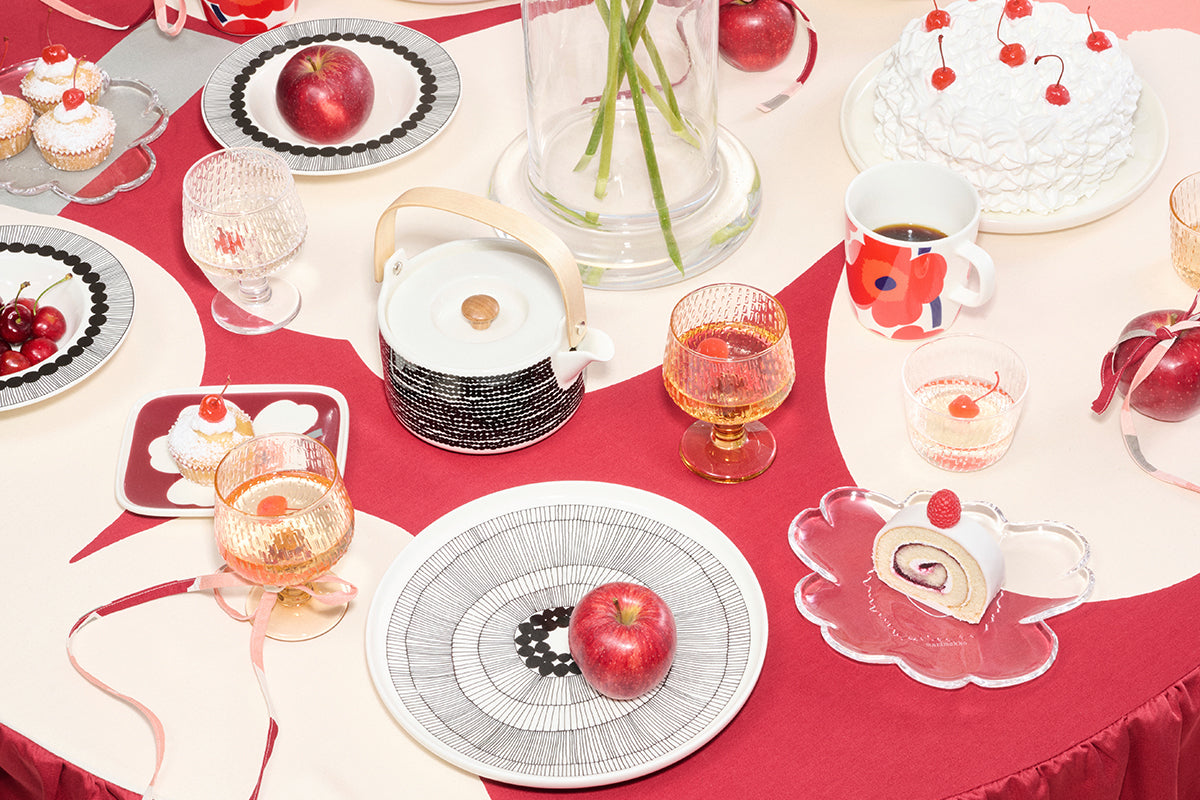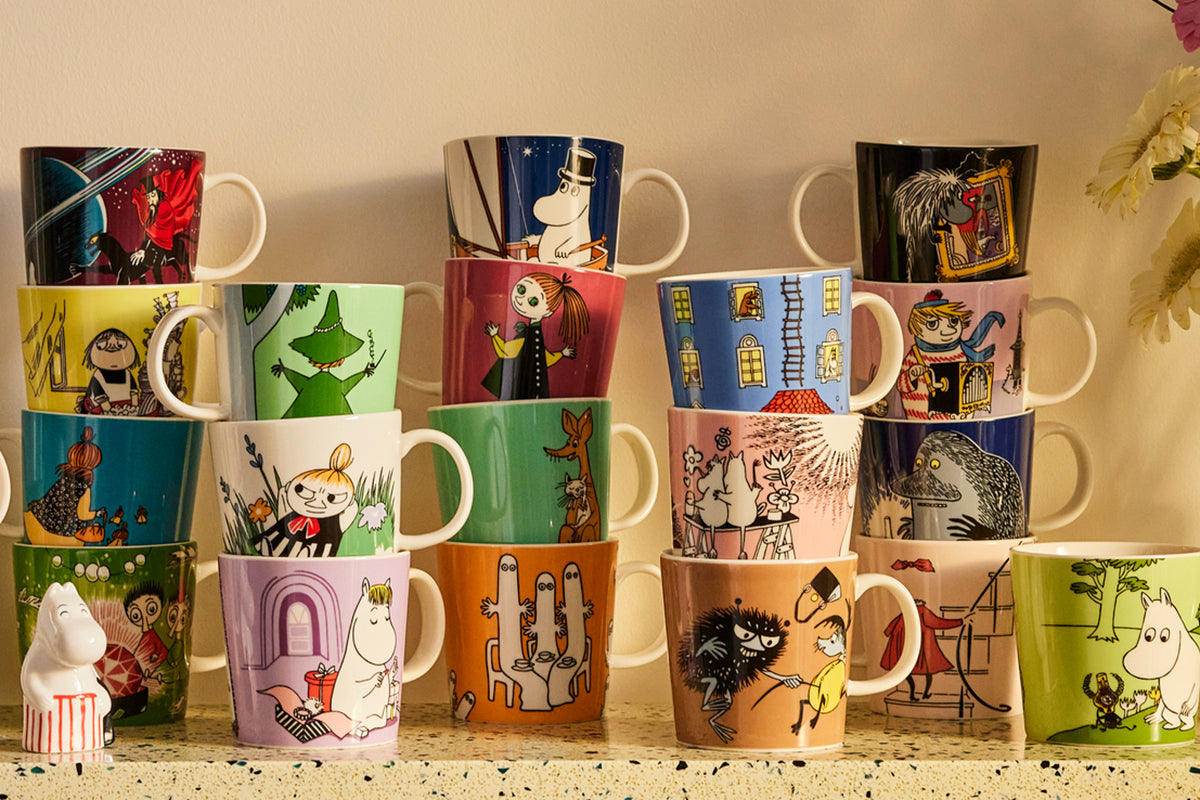The Jokapoika shirt by Finnish design house Marimekko has become a gender-neutral classic in the world of fashion. Jokapoika, the Finnish word translating to “every boy,” was first released in 1956 and designed by Vuokko Eskolin-Nurmesniemi. She joined Marimekko in 1953, and in the same year, she crafted her famous Piccolo pattern, a striped fabric print with freehand brushstrokes. Made from this fabric, the Jokapoika shirt was released three years later and remains a Marimekko icon. But how exactly did a shirt so simple become so big?
Jokapoika is characterized by bold vertical stripes, a relaxed and straight fit, a pointed collar, metal button closures, and a chest pocket. Nurmesniemi’s vision was minimalist yet playful to combine functional design with graphic impact. Contributing to its cultural significance is its inclusivity, versatility, and timelessness in the fashion space.
Inclusive:
Jokapoika became the first piece of menswear released by Marimekko in 1956. However, it quickly appealed to both men and women as an inclusive wardrobe staple. Emerging during a time when women's fashion was often restrictive and overly ornamental, the shirt rejected those conventions. It became an instant classic in post-war Finland, embraced by women seeking comfort and a new visual language. The textile now allowed women to move, live, and work with ease and confidence.
The shirt represents Marimekko's inclusive design philosophy of self-expression and gender-neutral styles. It’s distinctive clean lines, relaxed fit and unisex appeal makes it a perfect choice for anyone who values both comfort and style, regardless of gender. The shirt’s inclusivity anticipated later conversations around gender-neutral styles in the world of fashion.

Versatile:
The Jokapoika shirt is applauded for its ability to effortlessly translate between casual and formal. Its adaptable nature makes it a wardrobe staple that seamlessly fits any style. It can be layered for a modern look or worn as a standalone statement piece. The shirt has also been released in numerous different colorways throughout the years, so varying colors offer even more ways to wear the shirt throughout seasons. Newer collections also feature unique color blocking to give the shirt a refreshed look.

For example, the Jokapoika shirt in black and white maintains the timeless appeal of the original design and reflects a minimalist aesthetic. Conversely, the bright red and off-white combination adds a vibrant twist and appeals to those seeking a more dynamic look. New colors and editions keep the shirt relevant without compromising its original design DNA.
Timeless:
Joikapoika is the longest-running continuously produced Marimekko garment. The shirt continues Marimekko’s core philosophies as a brand: clothing that supports self-expression, comfort, and practicality. These values continue to resonate just as strong today as they did in 1956 in a world that is increasingly focused on sustainability and personal authenticity. The shirt has been able to successfully evolve while retaining its cultural and stylistic significance.
Made from Marimekko’s signature durable cotton fabric, the shirt is also physically designed to last. Its longevity in a modern world of fast fashion mirrors its lasting cultural impact; many vintage Jokapoika shirts are still worn or collected today.

Some designs never go out of style: they evolve, adapt, and quietly assert their relevance in every decade. The Jokapoika shirt by Marimekko is exactly that kind of garment. With its bold stripes and boxy silhouette, this simple shirt has become a global symbol of timeless design. With its roots in 1950s innovation, this shirt remains as relevant now as it was nearly 70 years ago. Whether you're a design lover, a fashion minimalist, or someone who simply appreciates a good stripe, the Jokapoika has something to offer for everyone.




